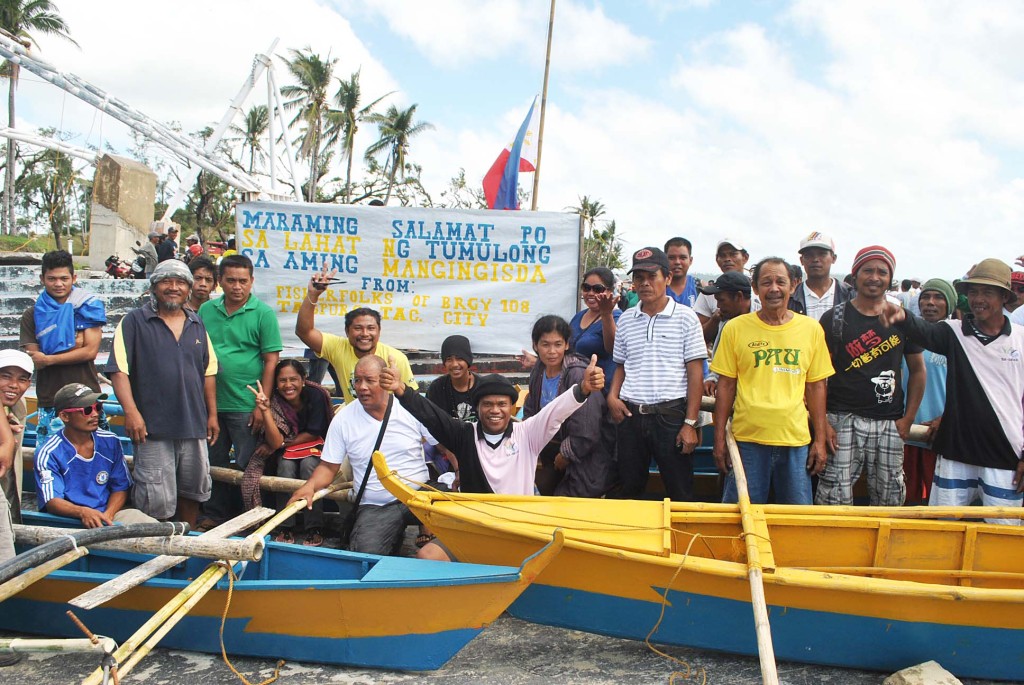
TACLOBAN CITY- Over three months since this city was pummeled by supertyphoon Yolanda, top officials of the United Nations and other international aid groups keep coming in. And their visits to Tacloban were an indication that they would continue to help the city and its people, said City Mayor Alfred Romualdez. Last February 26,the undersecretary general of the United Nations for humanitarian affairs and emergency relief coordinator Valerie Amos visited Tacloban and Guiuan in Eastern Samar while on Feb.24, the deputy director general of the International Organization for Migration (IOM), Laura Thompson, was also in the city which is considered to be the ground zero of Yolanda. “You still see them around,” Romualdez said, referring to international humanitarian groups and their officials who are still in Tacloban three months after it was hit by the supertyphoon. According to the city mayor, their presence in Tacloban is an assurance that they would continue to help Tacloban though he emphasized that his administration is also doing its share in rebuilding the city of more than 220,000 people. Amos, in a brief interview with the media during her visit on Wednesday, said that she could see that after three months since Yolanda destroyed much of Tacloban, there was now a marked change in Tacloban. “This is my third visit in Tacloban in three months. My first two visits were soon after typhoon Yolanda and of course this area was totally, totally devastated. But what I have seen (today), there is now a great improvement” she said. For her part, Thompson said that their organization would continue to be in Tacloban “so long as we are needed and the government needs us.” The humanitarian assistance extended by the IOM to the country has now reached to $17 million with another $16 million in the pipeline, Thompson said. “I think the situation today is certainly much, much better. And I think, the reason why is because of the strong capacity of the government. The government of the Philippines has done a fantastic work also. You have in Philippines a large capacity of preparedness (on disasters),” Thompson said. (JOEY A. GABIETA)



